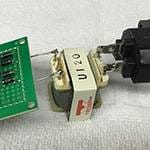I’ve written three blog posts so far about power supplies, and I’m going to continue the series.。
- Must-Know Things for Guitarists to Remember about the Power Supply, Vol.1
- Must-Know Things for Guitarists to Remember about the Power Supply, Vol.2
- Must-Know Things for Guitarists to Remember about the Power Supply, Vol.3
You might think, “Isn’t this a lot for something 'absolutely' essential?" But trust me, it is essential!
Last time, I wrote about the various output voltages (V) of power supplies with some examples. However, when actually purchasing one, there’s another crucial factor to consider:
It’s the “maximum current supply capacity”.
Current is denoted as ‘A’ (ampere). 1000mA (milliampere) equals 1A.
Voltage and current are different concepts, though they sound similar. Think of current as the amount of electricity flowing through the device, which is more about the current being taken out by the pedals rather than power supply sending the current to the pedals.
For example, this is a power supply I didn’t mention last time:
Vital Audio / Power Carrier VA-08 MKII
Here’s an excerpt from its description:
■9V 500mA (max.) ports x 6
■9V/12V/18V variable voltage 800mA (max.) ports x 2
■Total current capacity: 2000mA
Specs:
■INPUT: AC 100v-240v @ 50/60Hz
■OUTPUT: DC 12v, 2000mA
■Polarity: Center Negative
■LEDs: Power Light (Orange), Normal Operation (Green), Fault (Red)
If you’re not familiar with electrical specs, you might skip over this part and think:
“I don’t get it, but I can connect eight pedals! Maybe I’ll even add a multi-effects pedal!! Hooray!!”
But let’s take a closer look.
■INPUT: AC 100v-240v @ 50/60Hz
■OUTPUT: DC 12v, 2000mA
■Polarity: Center Negative
This describes the adapter that supplies power to the power supply unit and it’s the output of 2000mA here. Usually, the maximum current supply of a power supply is determined by the current of the adapter supplying it.
(To explain other parts of the description briefly, this adapter supports inputs from AC100V to 240V and works with both 50Hz and 60Hz frequencies. As I mentioned in a previous article, Japan uses AC100V, so it works anywhere domestically. The 50Hz and 60Hz refer to frequency, with Japan having different frequencies in the east and west, which is rare globally, but this adapter works with both. For center negative, refer to Vol.1 of this blog series.
■9V 500mA (max.) ports x 6
■9V/12V/18V variable voltage 800mA (max.) ports x 2
■Total current capacity: 2000mA
The total current capacity is the maximum amount this power supply can deliver. If you connect devices that require the maximum current to all output ports:
500+500+500+500+500+500+800+800 = 4600mA
This would exceed the power supply’s capacity, and your gears connected to this power supply wouldn’t function.
For instance, if a pedal requires 1A (1000mA) of current even if it operates at 9V, it won’t work on a ‘■9V 500mA (max.) port’. As mentioned, the current is taken out by the pedals, not that the power supply sends it. Connecting them incorrectly might even damage the power supply.
Remember, ‘■Total current capacity: 2000mA’ refers to a maximum amount. Even if your pedals add up to 1900mA and you believe it’s fine, it’s wise to leave some margin. Pedal current draw can increase with large signal input, so a safe rule is to stay below 1500mA if the maximum allowance is 2000mA.
Knowing the current draw of your pedals is crucial, but many might not be aware of it.
Pedal current draw is often found in manuals or on the manufacturer’s website.
BOSS BD-2 Blues Driver Overdrive
For example, looking at the specs for the BOSS BD-2 Blues Driver Overdrive, it says,
“Current draw: 20mA”
So, you need to check this for each pedal. Thinking “Pedals only draw 20mA, so no worries!” is incorrect. Overdrive and other distortion pedals typically draw less current. Digital delays, reverbs, and multi-effects draw much more, so be careful! I’ll cover this topic in more detail next time.
To sum up, “Use power supplies with a margin below their maximum current capacity!”
To be continued...





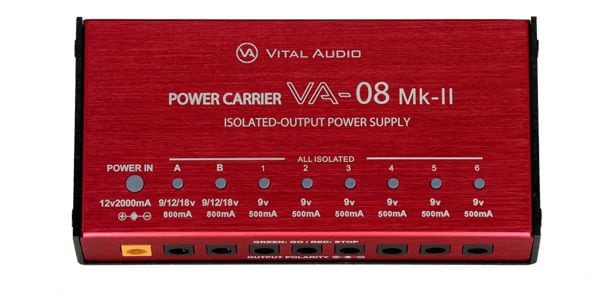
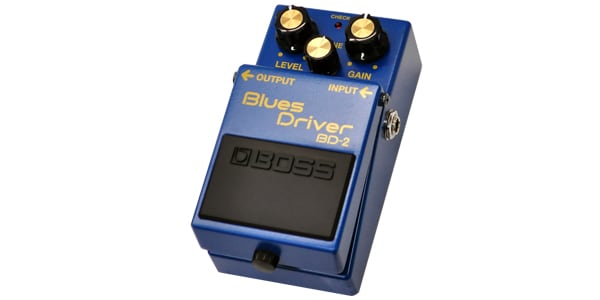


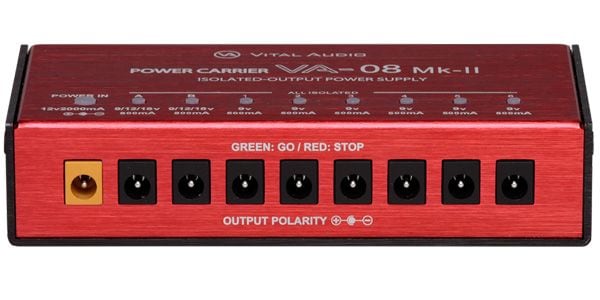
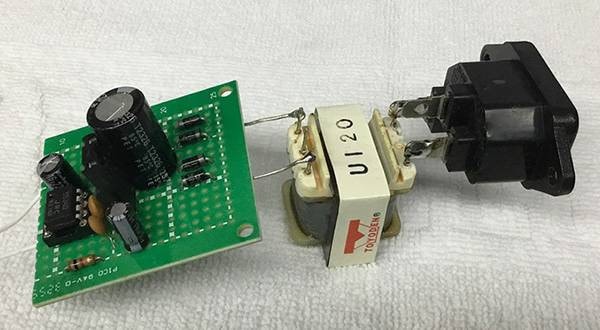
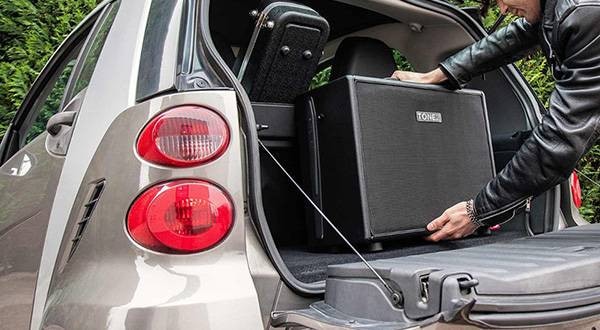
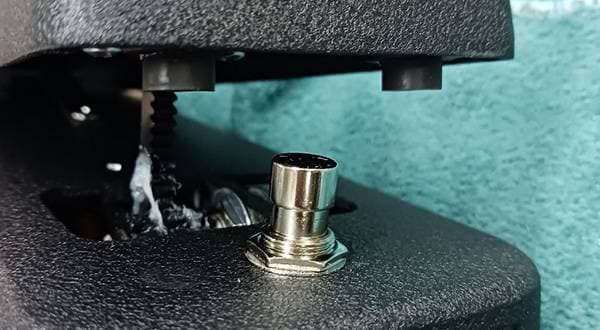
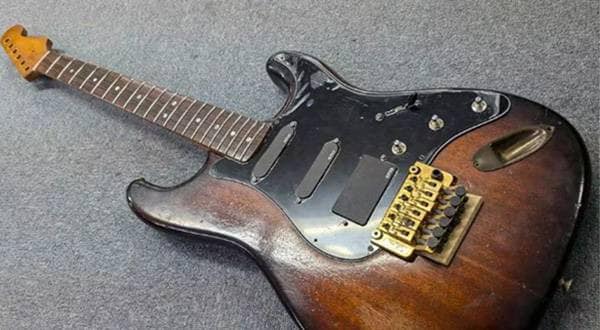
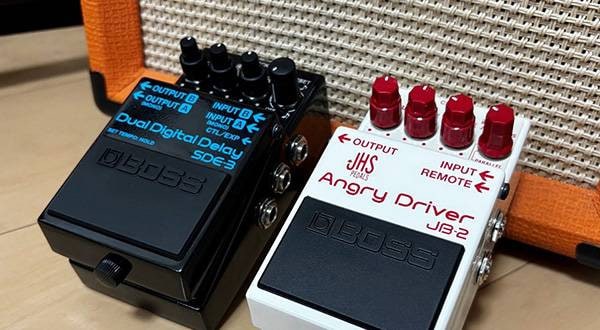
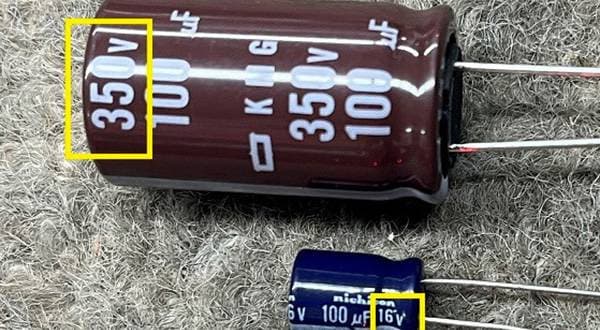
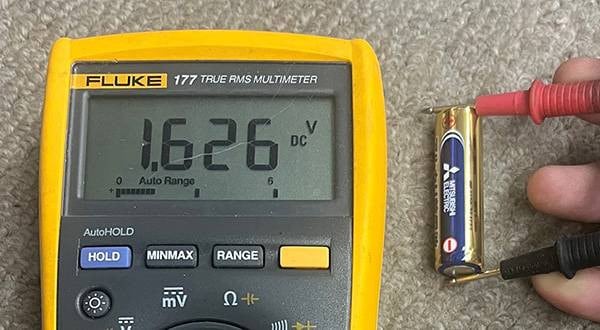
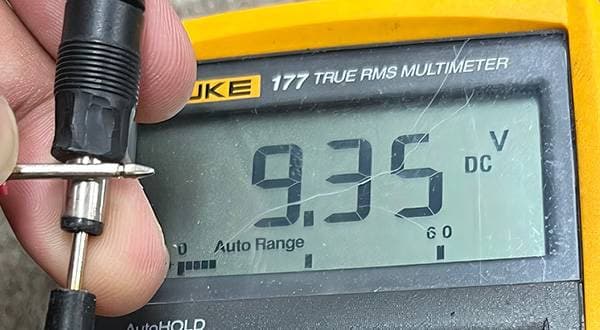
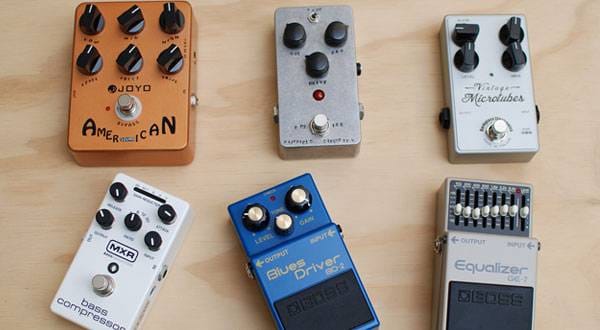
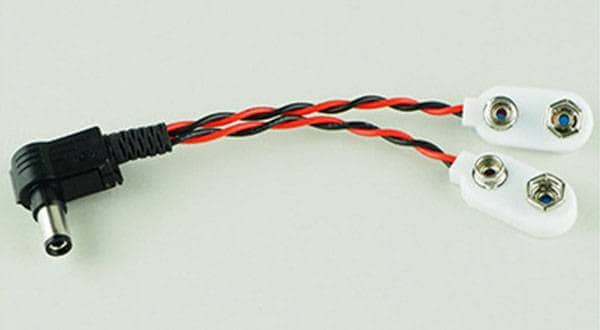
![[For Beginners] 6th Edition The Jewel Found Underfoot: A Slightly Nerdy Lecture on Effects Power Supply Adapters](/contents/uploads/thumbs/2/2019/9/20190906_2_7511_1.jpg)
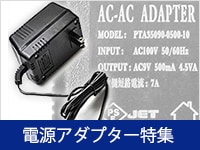 電源アダプター特集
電源アダプター特集
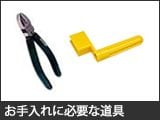 お手入れに必要な道具
お手入れに必要な道具
 エフェクターのつなぎ方
エフェクターのつなぎ方
 エフェクターの種類
エフェクターの種類
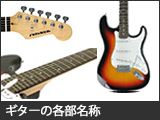 ギターの各部名称
ギターの各部名称
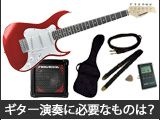 ギター演奏に必要なものは?
ギター演奏に必要なものは?


